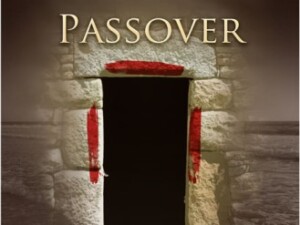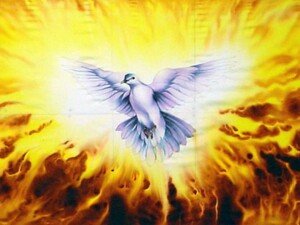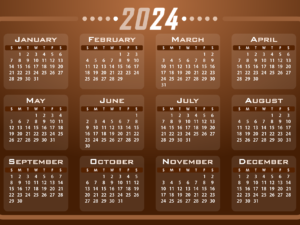In this article, four principles are laid out for analyzing any calendar you are studying.
- Principle #1: Fitting a 365-day year into a 360-day year system
- Principle #2: Letting the Bible determine the role of the heavenly bodies
- Principle #3: Using Torah and the festival ceremonies
- Principle #4: Seeing what Yeshua said and did
With these principles, you have a basis to measure if the calendar you are studying matches the calendar Yeshua lived and died by.
When interpreting the end-time timelines in Daniel and Revelation, many teachers use a “day-year principle”. This is the idea that when interpreting time periods in symbolic prophecies, every day equals one year of literal time. But is this principle valid? If you have been taught that these prophecies all happened over hundreds or thousands of years, you are missing the greatest warning Our Father intended us to have for the events soon happening.





